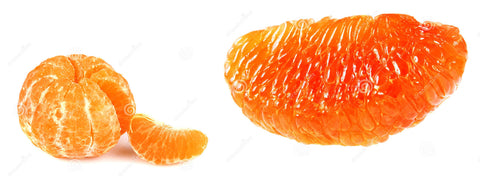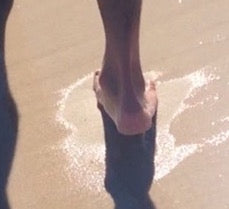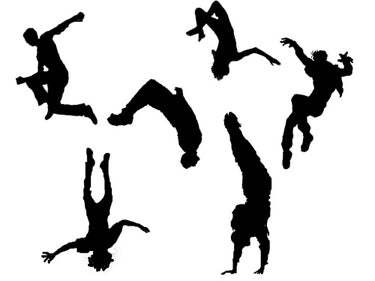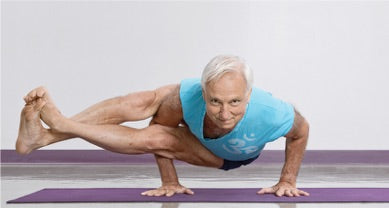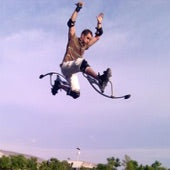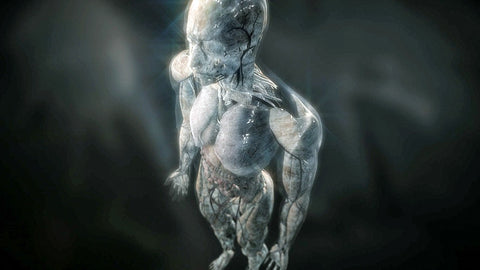It is like a full body suit that holds us together, but not only on the outside. Fascia also slings completely through our body and wraps and connects our muscles, bones, organs, nerves and even the brain. Therefore things like tendons, ligaments, nerves, muscles and bones the things that are moving our body are all part of the fascial system. Even the cushions (disks) between your vertebrae are part of this system. So it makes perfect sense that the fascia is hugely important for everything we do, how well we move and even how we feel.
If we would like to change and improve our posture or range of motion and even get rid of that chronic pain caused by this old injury, then we have to make these changes within the fascia.
On top of that, research shows that because the fascia is everywhere in our body it is also the main communication system. Within the fascia there are a lot of feelers and receptors all over the place. Information and impulses are constantly sent from one place to the other within the fascia and therefore it coordinates and connects our movements, feelings and bounces information between our various organs, limps, brain and muscles and make us do what ever we do. If our fascia is healthy and structured then the information flow is at it’s best therefore we are functioning at our best.
For athletes and team players this means that with a healthy and well activated fascia your skills, coordination and reaction are at their best.

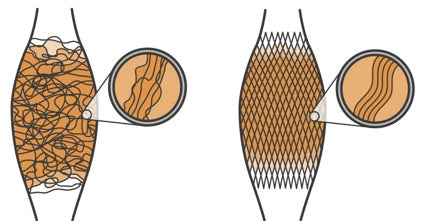
Dry and unorganised fascia (left); Hydrated, organised, happy fascia (right)
Picture by BLACKROLL.com
According to Robert Schleip, head of the Fascia Research Group at the University in Ulm Germany, the fascia is a tensional fluid system.
An easy way to look at it is if we are comparing it to a sponge.
If a sponge is dry and not soaked in water then it becomes hard and brittle. In this state, the sponge can be easily broken and it does not like to get moved or exposed to pressure, twisting or pulling forces.
However if our sponge is wet and soaked full of water, then it becomes very flexible and springy and you can crunch it together and pull and twist it and it will just bounce back in it’s original shape once you let go of it.
Our fascia is very similar to that, therefore the most important thing that makes our fascia happy and functional is hydration, hydration, hydration.
The more hydrated our fascia is the more flexible, mobile, stable and integer our bodies become. Better hydrated fascia also means more organised fascia, which improves the flow of information and also reduces restrictions and adhesions within the fascial layers. This again means improved mobility, flexibility, coordination and even strength.
Therefore drinking lot’s of water is very important, but it is not enough!
We have to make sure the water we drink also gets nicely distributed throughout our fascia. Unfortunately this does not just happen while we sit on the couch or in the office. If we just drink a lot of water and do nothing then we mostly just increase the amount of times we go to the bathroom.
What we need to do in order to get the water into every corner of our fascia is move it there.
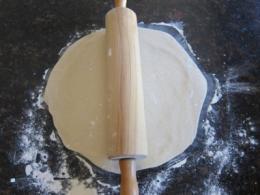
The good thing is, that it is actually very simple to do that. We just need to move and roll our body.
Any movement will contribute and rolling with
BLACKROLL® tools is also a very very effective way to improve the distribution of water within the fascia.
By applying external pressure with BLACKROLL we are pushing water around and also release adhesions between the layers to make way for fresh hydration and to lube everything up and enable the fascial layers to slide and move freely along each other.
Fascia is a bit like a pizza dough and rolling helps to make it smooth and even which helps the layers to nicely slide along each other.
Rolling also helps to close up micro tears in the fascia which are often caused by heavy exercises and we all know the resulting muscle soreness.
Ideally we move, bounce, roll, jump, roll, run, bend, roll, stretch, flex, roll, play, shake, roll… every part of our body in order to really make sure the fresh water reaches every corner of our fascia network.
Easy right???
Yes it is actually easy, but there are a few more important things to consider:
The movement needs to vary in direction, in tempo and in intensity, otherwise if you are moving always in the same ways and planes you are in danger of over using in one spot and still not getting water distributed into another spot where it is also needed.
Both, the over used and the neglected dry spot are in danger of getting injured, immobile, painful and non functional. And because everything is connected, another spot then might need to compensate and this can go on and on and on, resulting in the various body issues we all know very well. Bad knees, hip, shoulder and neck pain to name just a few.
-
So all is connected and everything wants to be functional, therefore it is important to move and roll everything but not over use one thing.
And it is also important to give your body enough time to rest. The fascia also needs resting time in order to properly soak up all the water that is provided during movement and rolling. Working out and flexing muscles is actually squeezing water out of the muscles into other places, but after training and rehydrating the water also needs to get back into the muscles and fascia around them. Like stepping on wet sand drives the water out, once stepping off, the water can come back.
The older we get, the more our fascia tends to dry out. According to Tom Meyers aging is just a slow process of drying out. A new born baby has a much higher percentage of water within its body than an old person. Since our fascia contains a lot of the water within our body, fascia is also the system that suffers the most from water shortage. Therefore keep moving and rolling and drinking water. It is the best way to improve and maintain the ability to move and stay functional. Use it or lose it! Once lost it is difficult to get it back - But actually it is mostly possible to get it back, so do not give up but keep rolling and moving. It is never too late!!!
Fascia is also able to do a lot of the work for you!
This is where it gets exciting for athletes again.
A well trained and activated fascia is very springy and can therefore contribute a lot to your performance.
It can help you to jump higher, run faster for longer, react quicker and also lift heavier.
Your performance and endurance is not only dependent on muscle power, but also very much on the fitness, springiness and bounciness of your fascia. If you for example run or jump you put force into the ground with every step and the force gets returned on impact into the whole tensional fascia and muscle system that if well trained can effortless make you bounce into the next step or jump like on springs.
So really
the fascia has a major role within our body and is immensely important to our ability to move and to our wellbeing.
Everyone can hugely benefit from a well trained and rolled fascia. Athletes can improve their performance by far and everyday people can improve their quality of life and pain issues just with regular rolling and moving!
